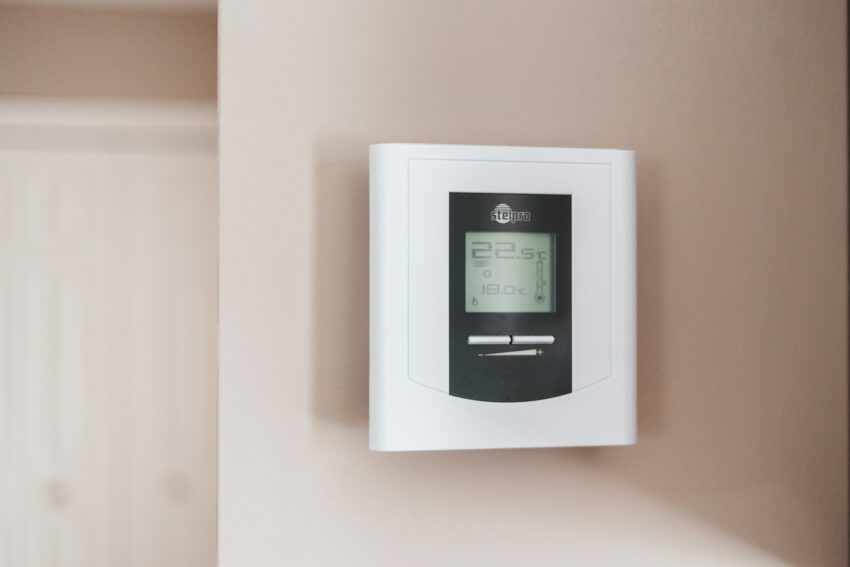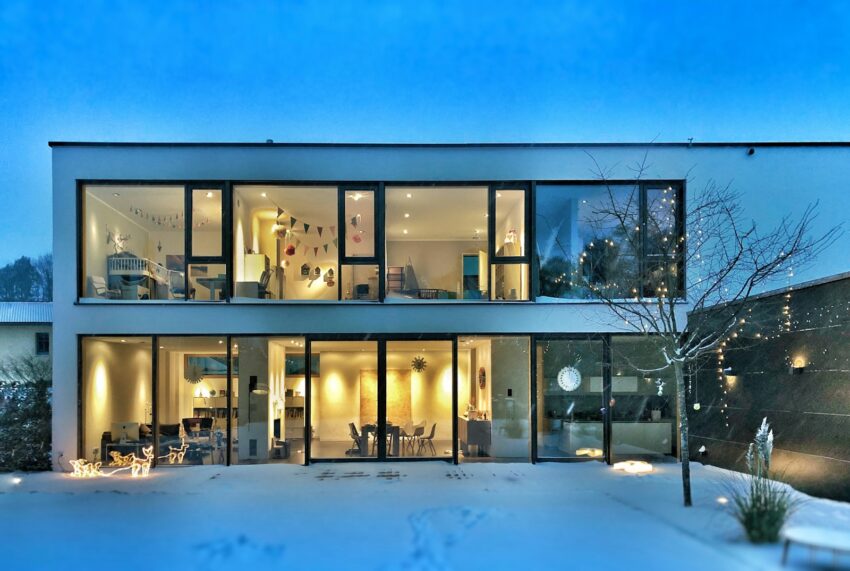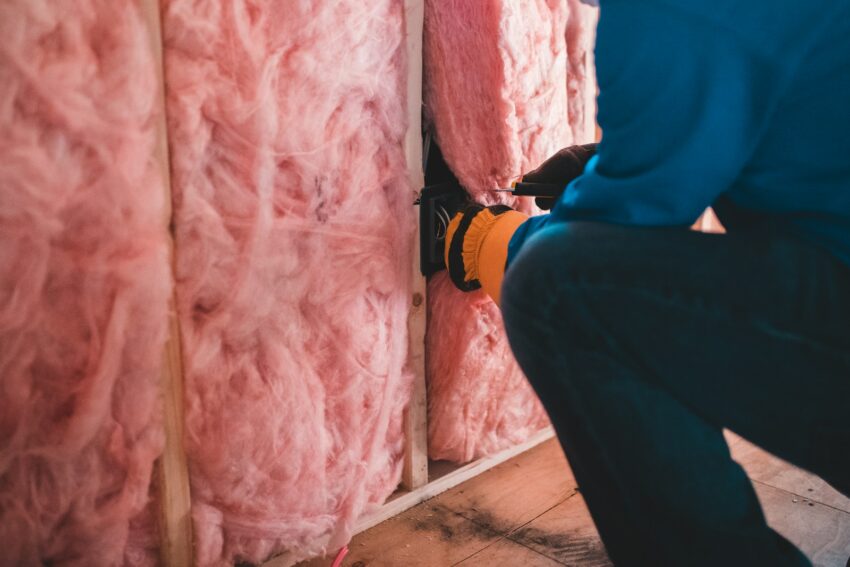There’s something special about older homes. Every room tells a story, and every detail has a certain charm. But when winter hits, those vintage quirks quickly turn into modern headaches. Suddenly, it’s all about cold rooms and budgeting nightmares. And let’s be honest, not everyone has the time or money to renovate the whole place just to stay warm.
The good news? You don’t have to. Making an older home warmer and more efficient can start with a few key updates in the right places. And in this article, you’ll learn exactly where to begin and how to get the most out of every dollar.

So, keep reading!
Evaluate Your Heating System
One of the biggest heating headaches with older homes is the system itself. It’s not just about how much energy it uses—it’s how uneven things feel. One room might be freezing, while another feels way too warm. So, it’s best to start by evaluating it.
If a quick repair solves it, great. But if your system’s been around for 15 years or more, it might be smarter (and cheaper in the long run) to replace it. Look for something that’s both heating effective and energy-efficient. Oil-based furnaces, for example, are a solid option. They heat quickly, handle cold climates well, and are known for being reliable.
Even better, they run on heating oil, which often costs less than electricity or gas. The bonus? Many heating oil service providers now offer automatic home delivery, flexible refill plans, and seasonal price deals. That means fewer hassles, fewer surprises, and a warmer, more efficient home all winter.

Seal Out the Drafts
A lot of heat escapes through tiny gaps—places you probably don’t even notice. Around windows, under doors, near floorboards, it all adds up. That’s why sealing the leaks is one of the fastest ways to keep your home warmer and your bills lower.
Start small. Weatherstripping and caulk are cheap and easy to apply. Window insulation film can help too, especially on old glass that’s a bit past its prime. Even thick curtains can block drafts more than you’d expect. It’s about controlling airflow and keeping the warm air in. One weekend of sealing and wrapping can save you hundreds across a single winter.

Add Insulation Where It Matters Most
Not every old house needs a full-blown insulation redo. But most of them need some help, especially in places like attics, crawlspaces, and basements. These are the spots where heat escapes the fastest, and where a little insulation can go a long way.
Focus on the attic first. Heat rises, and without good insulation up top, you’re paying to warm the sky. Fiberglass batts are affordable and easy to install. If your attic has odd shapes or tight corners, blown-in insulation or spray foam might be a better fit.
Next, turn your attention to crawlspaces and basements. Cold air collects in these lower areas and seeps upward into your living space. Insulating the basement ceiling or crawlspace walls can block out that chill. These updates aren’t flashy, but they’re incredibly effective.

Brighten Up with Energy-Efficient Lighting
Lighting might seem like a small detail, but it plays a part, too. Older homes often still use incandescent bulbs that burn more power and create more heat than they should. So swap them out for LEDs. They use up to 80% less energy than traditional bulbs and can last for years before needing a replacement.
Smart bulbs and timers are another great add-on. They work well for outdoor lights or spaces you don’t use every day, like guest rooms or basements. You can set them to turn off automatically, or control them from your phone, so you’re not lighting up empty rooms.
Don’t Let Electronics Drain Energy
Even when electronics are turned off, they often still pull power, especially in older setups without modern circuit protection. It’s called phantom energy, and while each item only uses a little, it can lead to a surprising spike in your electric bill.
The solution? Smart power strips. They cut off power completely when the device isn’t in use, and some even allow you to schedule usage or control it with your phone. They also help reduce wear on your electronics, which is a nice bonus.
Timers and automation help, too. If you use space heaters, heated blankets, or even window candles in the winter, setting timers means you’re not wasting energy when you forget to switch them off.
Wrapping Up
Comfort doesn’t have to come with a high price tag. With the right updates in the right places, your old home can feel just as warm and efficient as a new one. Start small, focus on the basics, and you’ll feel the difference all season long. Now’s the time to take that first step.
